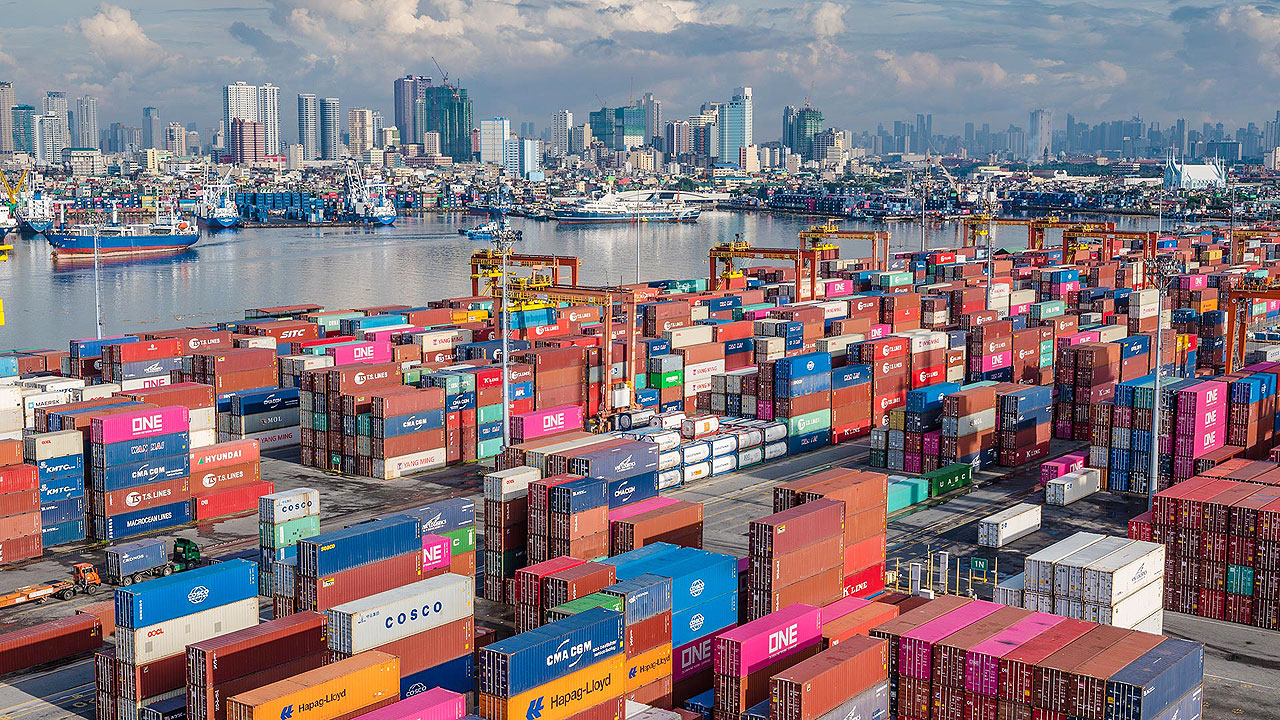
THE current account deficit may widen in 2024 as the global economy will likely slow further this year, with the resulting weak external demand dampening exports and tourism receipts, BMI Country Risk & Industry Research said.
In a report on Monday, BMI Country Risk & Industry Research said the current account deficit as a percentage of gross domestic product (GDP) could widen to 2.8% in 2024, from an estimated 2.6% in 2023.
“We expect the current account shortfall to widen from an estimated 2.6% of GDP in 2023 to 2.8% in 2024, leaving the deficit much larger than its 2015-2019 average of 0.4%,” BMI said.
The 2024 forecast is less optimistic than that issued by the Bangko Sentral ng Pilipinas (BSP), which projects a $9.5-billion deficit, equivalent to 2% of GDP this year.
The BSP also sees the current account deficit to narrow to $11.2 billion (2.5% of GDP) in 2023, from the $18.1 billion (4.5% of GDP) shortfall in 2022.
“Our 2024 forecast stands in stark contrast to the government’s expectations for a further narrowing. The BSP thinks that trade activity will rebound in 2024 but we believe otherwise. Instead, we think that the global economy is set to slow further which will exert pressure on the country’s external sector,” BMI said.
The BSP reported a current account deficit of $10.9 billion in the first nine months of 2023, equivalent to 3.5% of GDP.
According to BMI, global economic growth may slow to 2.1% in 2024 from an estimated 2.5% last year, as the US and China could experience shallow recessions in the second half.
“Contrary to regional trends, the Chinese economy is expected to miss out on the impending recovery, with growth decelerating significantly from an estimated 5.5% in 2023 to 4.7% in 2024,” BMI said.
“This is particularly relevant for the Philippines, as the US and China combined represent nearly one-third of the Philippines’ outbound shipments,” it added.
The Philippine Statistics Authority reported a trade deficit of $4.17 billion in October, against the $3.31-billion deficit a year earlier.
Export revenue dropped 17.5% year on year to $6.36 billion in October while merchandise imports declined 4.4% to $10.54 billion.
The US remained the top destination of Philippine exports, accounting for $1.02 billion or 16% of the total in October. This was followed by Japan ($902.65 million or 14.2%) and China ($880.37 million or 13.8%).
On the other hand, imports will likely surge this year due to a rebound in domestic demand and an improvement in economic activity.
“Diminishing price pressures are projected to bolster real household incomes and consequently, consumer spending,” BMI said.
Headline inflation eased for a third straight month in December, hitting a 22-month low of 3.9% from 4.1% in November. This was also the first time inflation settled within the 2-4% target range in 20 months.
Full-year inflation stood at 6% in 2023, higher than the 5.8% in 2022. It marked the second straight year that average inflation breached the BSP’s 2-4% target.
The central bank expects full-year inflation to ease to 3.7% this year and 3.2% in 2025, according to its baseline inflation forecasts.
Income from tourism receipts may also moderate in 2024, BMI said. International visitors to the Philippines totaled 1.3 million in the third quarter, 35% lower than pre-pandemic levels.
“Our calculations suggest that in 2023, a traveler’s expenditure was 23% (after accounting for inflation) higher than the average from 2015 to 2019,” BMI said.
“A plausible explanation for this is the significant build-up in travel demand created by lockdowns during the coronavirus pandemic, a phenomenon that we anticipate will eventually subside,” it said.
Meanwhile, foreign direct investment (FDI) may pick up in the coming quarters as central banks, including the Federal Reserve, will likely start policy easing in the second half.
“Consequently, the investment climate for the coming year appears more promising than it did in 2023. A growing emphasis from (the government) on fostering a business-friendly environment should also contribute positively to attracting foreign investments,” BMI said.
Net FDI inflows declined 42.2% year on year to $422 million in September. This was also 46.5% lower than the $790 million worth of net inflows in August.
The September total was the lowest monthly net inflow of FDI in over three years, or since the $314 million posted in April 2020 at the height of the coronavirus pandemic lockdowns. — Keisha B. Ta-asan



